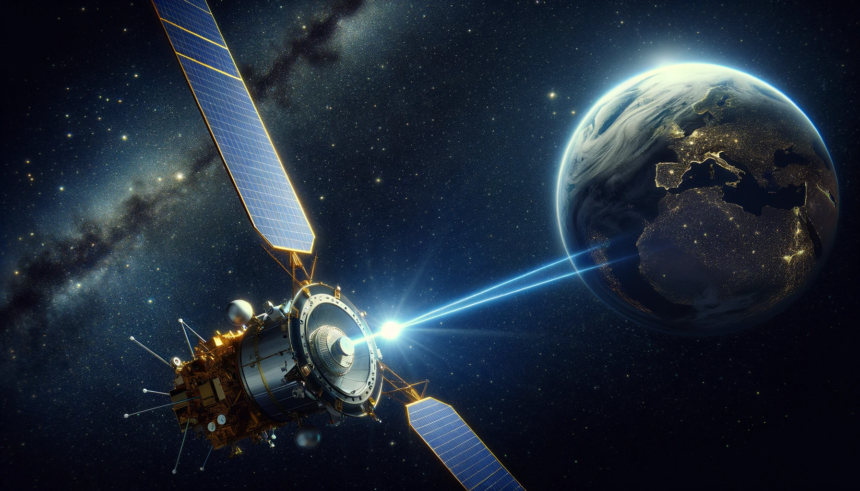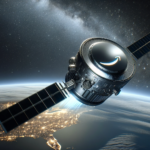In a groundbreaking feat of space exploration, NASA has recently received a signal from a spacecraft located an astonishing 10 million miles away, using a revolutionary laser communication technology. This success, part of NASA’s Deep Space Optical Communications (DSOC) experiment, represents a significant leap forward in our ability to communicate across vast interstellar distances. It’s a pivotal moment that could ‘transform how spacecraft communicate’, marking a new chapter in human space exploration.
The Success of the DSOC Experiment
The recent achievement by NASA in the field of deep space communication is nothing short of remarkable. For the first time, data has been successfully relayed through a laser from a distance further than the Moon – more than 40 times the distance, to be precise. Traditionally, communication with deep space craft has been reliant on radio signals, which, despite their reliability, are limited in bandwidth, resulting in constraints on the size and speed of data transfer.
“Achieving first light is one of many critical DSOC milestones in the coming months, paving the way toward higher-data-rate communications capable of sending scientific information, high-definition imagery, and streaming video in support of humanity’s next giant leap: sending humans to Mars,” said Trudy Kortes, director of technology demonstrations for the Space Technology Mission Directorate at NASA Headquarters in Washington.
Revolutionizing Spacecraft Communication
NASA’s DSOC experiment is a pioneering attempt to leverage optical communications through lasers. The advantages of this technology are immense, potentially improving data rates by as much as 100 times compared to current capabilities. This technological advance could mean the difference between simple text-based messages and high-definition videos and images from deep space, transforming our understanding and exploration of the universe.
The Psyche Mission: A New Frontier
The Psyche spacecraft, which left Earth last month on a mission to study a distant asteroid, is at the forefront of this technological leap. Equipped with a laser transceiver that can both send and receive signals in near-infrared, the Psyche mission represents the first attempt to test this technology beyond the Moon. The successful locking onto a NASA laser beacon in California is just the beginning of a series of experiments designed to prove the viability of this technology.
Challenges and Future Prospects
Despite the excitement surrounding this breakthrough, the precision required for such laser communication is incredibly high. NASA likens it to trying to point a light at a coin from a mile away, with the added complexity of both the laser and its target constantly moving. The next steps involve refining the systems to ensure accurate laser pointing and testing high-bandwidth data transfer at various distances from Earth.
Conclusion
NASA’s successful test of the DSOC experiment is a monumental step in space exploration and communication. This achievement not only showcases the incredible ingenuity and persistence of the team at NASA but also opens up a realm of possibilities for future space missions, including the highly anticipated human exploration of Mars. As we stand on the brink of a new era in space exploration, we invite you to share your thoughts and opinions. How do you think this advancement will shape the future of space travel and communication? Join the conversation in the comments below and be a part of this exciting journey into the unknown.
Visit our homepage for more insights.










